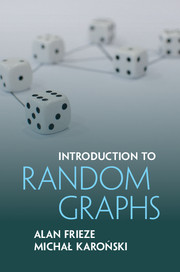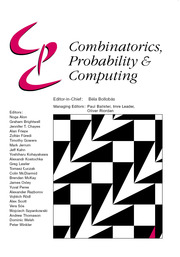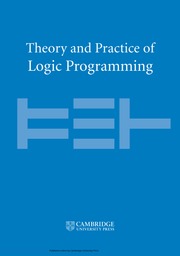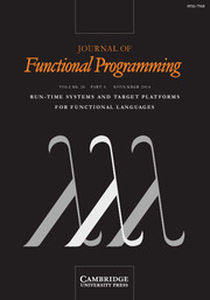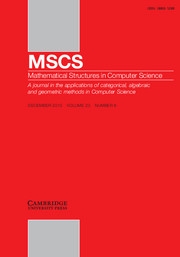Random Graphs and Networks: A First Course
Networks surround us, from social networks to protein–protein interaction networks within the cells of our bodies. The theory of random graphs provides a necessary framework for understanding their structure and development. This text provides an accessible introduction to this rapidly expanding subject. It covers all the basic features of random graphs – component structure, matchings and Hamilton cycles, connectivity and chromatic number – before discussing models of real-world networks, including intersection graphs, preferential attachment graphs and small-world models. Based on the authors' own teaching experience, it can be used as a textbook for a one-semester course on random graphs and networks at advanced undergraduate or graduate level. The text includes numerous exercises, with a particular focus on developing students' skills in asymptotic analysis. More challenging problems are accompanied by hints or suggestions for further reading.
- Contains more than 250 exercises, with a focus on asymptotic analysis
- Covers all the basic properties of random graphs, providing a foundation on which to build
- Introduces network models and explains some of the properties of real-world networks
Reviews & endorsements
'Random Graphs and Networks: A First Course' is a wonderful textbook that covers a remarkable set of topics written by two leading experts in the field. The textbook is comprehensive and contains a wealth of theoretical preliminaries, exercises and problems, making it ideal for an introductory course or for self-study. It is the best starting point in the present textbook market for any university student interested in the foundations of network science.' Charalampos E. Tsourakakis, Boston University
'This is a very concise, highly informative introduction to the theory of random graphs and networks ... Essential.' M. Bona, Choice
Product details
March 2023Paperback
9781009260305
232 pages
244 × 170 × 12 mm
0.381kg
Not yet published - available from June 2025
Table of Contents
- Conventions/Notation
- Part I. Preliminaries:
- 1. Introduction
- 2. Basic tools
- Part II. Erdos–Rényi–Gilbert Model:
- 3. Uniform and binomial random graphs
- 4. Evolution
- 5. Vertex degrees
- 6. Connectivity
- 7. Small subgraphs
- 8. Large subgraphs
- 9. Extreme characteristics
- Part III. Modeling Complex Networks:
- 10. Inhomogeneous graphs
- 11. Small world
- 12. Network processes
- 13. Intersection graphs
- 14. Weighted graphs
- References
- Author index
- Main index.


